Do Bats Share Attic Space With Other Animals
For some people bats don't present a problem. For others, bats can be a worry, especially when they become unwanted guests in an attic, inside a wall of a home, or inside the home itself.
Unlike rodents, bats simply have small-scale teeth for eating insects, and then they do non gnaw holes in walls, shred material for nests, chew electric wiring, or crusade structural damage to buildings. Damage caused by bats is ordinarily minimal, just they can be noisy and alarming, and the odor of bats and their droppings can exist offensive. It is possible to learn to coexist with bats, and to benefit from their presence.
Removing bats from your home
In jump and autumn, migrating bats may temporarily roost outside on window screens, argue posts, piles of lumber, and other unlikely places. If a bat is seen roosting outside during daylight hours, leave information technology solitary. It will probably be gone the post-obit morning.
If a bat flies into your abode it's probably a juvenile learning to wing, a lonely male following prey, or an adult that has been excluded from its roost . Bats often enter through an open door or window, or past coming down a chimney into an unused fireplace.
At nightfall (if you are certain the bat has non been in contact with humans or pets), turn off any lights in the room where the bat is bars, open all doors and windows that lead outside, and stand in the corner. This allows you lot to watch the bat while staying out of its way. (If you must motion effectually the room, stay equally nigh to the wall as possible.) Exist prepared to sentry the bat for upwards to 20 minutes. Unremarkably, the bat volition fly around the room to orient itself, and then leave.
If the bat seems to have disappeared but you didn't see information technology leave, information technology may exist perched somewhere, such as behind a drape, in hanging apparel, or in a houseplant. The bat will by and large choose a high identify to roost. Moving these things effectually with a broomstick may arouse the bat.
If the bat doesn't leave, it tin be caught and released outdoors away from people and pets. Approach the bat slowly and place a container (small box, big drinking glass, Tupperware container, coffee can) over it. Next, gently slide a slice of cereal box paper or paper-thin underneath the bat (be gentle—bats are fragile animals). Using the paper as a cover, have the bat outside. The ideal release process is to place the container confronting a tree, slowly slide the paper abroad, and and then remove the container. Releasing the bat against a tree allows the bat to residual safe from potential predators—like the neighbor's cat.
Picket this video from Idaho Fish and Game for tips on how to safely remove a bat from your abode.
Note: State wildlife offices practise not provide bat removal services, just you lot tin find the names of individuals or companies that exercise under Nuisance Wildlife Command Operators or you tin wait up "Animal Control," "Wildlife Command," or "Pest Control" in yous phone directory.
Excluding bats from buildings
The all-time way to get rid of bats is too the safest—both for the bats and the humans involved. This is to humanely exclude them. Even so, because former buildings offer many points of entry information technology may exist impossible to completely exclude bats from them, or from those with shake or cedar shingle roofs that have no underlayment.
A wildlife damage control visitor experienced in excluding bats can be hired, or yous can do the exclusion work yourself. In attics and areas where large numbers of bats accept been roosting for years, it is safer for y'all to hire a professional to do the piece of work, including the cleanup of accumulated debris.
Note: Never trap flightless young or adult bats within a construction; this is needlessly vicious to the bats inside and can create a serious odor problem.
Trapping and relocating bats is not recommended. Traps can be fatal to bats if left unattended and can quickly become overcrowded. In addition, bats accept excellent homing instincts and, when released, they may only return to the capture area. Yuma myotis bats released 240 miles from their roost have found their style back.
Common entry points used by bats:
- Downward chimneys and where chimneys and other masonry meet the side of a house.
- Joints between window frames and house siding.
- Joints around large exterior beams.
- At edifice corners.
- Where pipes or wires penetrate the ceiling or walls in attics.
- Betwixt porches or other additions and the master house.
- At roof edges, ridge caps, soffits, and fascia boards.
- Where walls meet the eaves at the gable of an attic.
Prior to excluding bats, consider partitioning bats off from the expanse where they are in conflict with humans, and allowing them to roost elsewhere in the structure. An effective sectionalisation can be made from construction grade plastic sheeting and wooden battens. Another consideration is to provide an alternate roost site, such every bit a properly designed and installed bat house mounted close to one of their exits. Install the bat house earlier excluding the bats every bit described below.
The following will work to exclude bats from almost structures:
Option A – Build bats out: From mid-Oct to mid-March, when bats should still be hibernating, or after you have made sure no bats are roosting in the cranium or other area, seal all potential entry holes (Fig. five). Entering the attic during the day may reveal lite shining through otherwise unnoticed cracks and holes. Insert pieces of fiberglass insulation or bits of stick in these holes to mark them for repair from the exterior.
The advantage of caulk over foam is that it comes in a variety of colors and it is easier to apply. Before purchasing, bank check the characterization to brand certain the caulk can be painted.
Insulation diddled into wall spaces may exist an constructive bulwark, but it must be done when bats are absent to avoid trapping them in the fill up.
If bats are present, holes can also be blocked over a period of days early in the evening after the bats accept left the construction to feed. Do this only from mid-August to mid-October (after the young bats take learned to fly and before cold weather arrives). Another window of opportunity occurs in early leap, before the birthing period in May.
For several days, bat counts should be made equally holes are airtight, leaving the primary leave open. On the nighttime of the final count after the bats have left, the principal pigsty should be plugged to prevent their reentry (Fig. 6). The post-obit evening, the plugging should be removed to allow any remaining bats to leave earlier the leave is sealed.
Option B – Harassment: If bats are nowadays and have to be excluded, persuade them to move to one of their alternating roost sites by creating an undesirable atmosphere. The time to practice this is from mid-August to mid-October, after the young bats have learned to fly and earlier cold conditions arrives. Some other window of opportunity occurs in early spring, earlier the birthing menstruation in May.
Bats don't like to roost under bright, windy, or noisy weather. Therefore, locate the surface area where bats are roosting and light the area with a vivid light, such equally a mechanic's drop-light or trouble light, located away from burnable objects. (Utilize a fluorescent calorie-free to salve on electricity and keep the heat level down.) In add-on, aim a fan and a loud radio at the bats. Begin the harassment process presently before dark and keep it in place day and night.
Because bats may motility to a night, protected area, y'all may need to movement the lights and other equipment, or install them in diverse areas. Putting up sheets of plastic to dissever the bats from the residual of the area can be effective, simply make sure yous don't block the bats' exit or exits.
Commercially available ultrasonic devices may be effective if they are placed in a small, confined area with the roosting bats. Since bats can hear high frequency sounds, these devices, inaudible to humans, supposedly bombard the bat'south range with jackhammer-similar noise.
Naphthalene flakes or mothballs should non be used to exclude bats. These contain chemicals that tin be toxic to humans and other life forms; poisoned bats may fall to the basis where they die slowly and are more than likely to come into contact with children or pets.
Option C – Install exclusion devices: Again, from mid-August to mid-October (afterwards the young bats accept learned to fly and before common cold weather arrives), or in early spring (before the birthing menstruation in May), place the exit(southward) bats are using. Take friends or family members stationed at the corners of the construction afterward sunset on a warm at-home nighttime. They demand to be far enough away to come across as much of the structure as possible without having to plow their heads; information technology takes only a second for a bat to go out and take flight. Annotation which side of the structure bats are seen from. On subsequent nights, focus your attention there to locate the exit hole. Remember this hole can be as small equally ½-inch.
Bats often defecate when exiting and reentering a building, so expect closely for rice-sized blackness droppings clinging to the side of the construction. If droppings are observed, the exit hole will be directly above it. (To make certain droppings are new, remove the existing droppings or lay downwards newspaper over them to see if more droppings appear.) Bat trunk oils may besides discolor a well-used opening.
Seal all entry holes but i using the methods described in Option A.
Exclude bats by covering the ane existing entry hole with a device that allows bats to go out the structure, simply prevents them from reentering. Install the exclusion devices during the day and leave them in place for five to seven days (longer during peculiarly cool or rainy weather).
When bats are using multiple openings to leave and enter, exclusion devices should be placed on each opening, unless yous can exist sure that all roosting areas used by the bats are connected. If all the roosting areas are connected, all but one or two get out holes can be sealed as described beneath. Identify exclusion devices over the i or two remaining go out holes.
Still, if the colony contains a hundred bats or more than, which is mutual, leaving only one leave indicate can create a "bat log jam." In these cases, some bats might start looking for culling ways out of the roost area, leading to bats finding their way into human-occupied areas. So, always watch to make sure bats are able to exit freely. If they do non appear to exist exiting, or announced to be having trouble doing so, open boosted exits.
If the exclusion process was successful, immediately seal up the exits to foreclose bats from reentering. If necessary, install a chimney cover, available from dwelling comeback centers, or make your own.
Bats roosting above porches and other areas
Bats temporarily roost higher up porches or under overhangs at night to eat large casualty, digest, rest, and socialize. In such cases, they may frighten humans, or their droppings may accrue. Nontoxic aerosol sprays, designed to repel dogs and cats, can forbid bats from night-roosting in these areas.
The spray is practical by twenty-four hour period when bats are non present, and is reported to exist effective for several months. However, aerosol repellents are not an adequate substitute for excluding bats that are using the expanse every bit a day roost, and should never be practical when bats are in a roost.
Mylar balloons or strips of aluminum foil hung from the porch ceiling and allowed to move in the cakewalk may too discourage bats from roosting in that surface area.
Public wellness concerns
Large accumulations of bat droppings may harbor histoplasmosis fungi spores, which when inhaled tin can result in a lung infection referred to as "histo." No histo cases have been reported in Washington, but precautions should exist followed when cleaning or removing big accumulations of bat droppings. Call your local wellness section for recommendations.
Rabies
People are more often concerned nigh bats because of rabies, a virus that affects the nervous organization of all mammals, including humans.
Rabies is spread when the saliva of an infected animal enters another body through a bite or scratch, or makes contact with their eyes, nose, mouth, or a break in the peel. In that location is little risk of contracting rabies from a bat as long equally you lot exercise caution. People cannot get rabies from touching bat droppings, blood or urine, or fur.
Five to 10% of sick, injured, or dead bats tested by the Washington Land Department of Health (WDH) have rabies; however, WDH estimates that probably less than 1% of the native wild bat population has rabies.
If a bat does contract rabies, it is unlikely to exist a threat to humans as long as simple precautions are followed. Near bats infected with rabies become paralyzed and fall to the footing. (Note: Young bats also fall to the footing when learning to wing. They may also have hit a window and been stunned, or simply be cold and unable to wing.) This means a person may contract rabies from a bat simply if they pick up a sick bat, which so bites the person in self-defense. Thus, if yous practise not handle bats, your odds of contracting rabies are extremely small.
If you call back you accept been bitten, scratched, or exposed to rabies via a bat:
- Launder any wound or other area that came into contact with the bat thoroughly with soap and water.
- Capture or isolate the bat, if you can, without risking further contact. The captured bat volition be sent to a laboratory for rabies testing.
- Call your md or local health section. An evaluation of the potential of rabies exposure and the need for follow-upward treatment will be done. Arrangements to take the bat tested for rabies, if necessary, will as well be made.
People usually know when a bat has bitten them. Notwithstanding, because bats accept modest teeth and claws, the marks may be difficult to run into. Contact your local health department or your md in the following situations, fifty-fifty in the absence of an obvious seize with teeth or scratch. In such cases, the bat should exist captured for testing:
- A bat is plant in a room with a sleeping person.
- A bat is found in a room with an unattended kid.
- A bat is plant near a child exterior.
- A bat is found in a room with a person under the influence of alcohol or drugs, or who has another sensory or mental impairment.
Rabies and your pets
One time dogs presented the major domestic risk of rabies, but at present cats do. Routine rabies vaccination is not every bit widely proficient with our domestic cats every bit with dogs. However cats oft play or hunt in natural areas.
All cats should be vaccinated for rabies, fifty-fifty indoor cats. The National Association of Land Public Health Veterinarians publishes the Compendium of Creature Rabies Control yearly. These guidelines are clear: An unvaccinated animal that comes in contact with a potentially rabid animal (bats in Washington) that cannot be tested should (1) be euthanized; or (2) be held in strict quarantine for half dozen months. Few people are willing to do either.
The message for everyone is: vaccinate your pets! Dogs require vaccination confronting several diseases. Puppies begin their series of vaccinations at half-dozen to eight weeks of age, and annual boosters are necessary to maintain immunity.
Legal status
Many Washington bats are currently being studied and may be recommended for protection nether the Endangered Species Human action. For electric current legal status and other information, contact your local wild animals office.
All species of bats are classified as protected wildlife and cannot be hunted, trapped, or killed (WAC 220-200-100). The Section of Fish and Wild fauna makes exceptions for bats establish in or immediately next to a habitation or other occupied building. In such cases, these animals may legally be removed and no permit is necessary (WAC 220-200-100).
Source: https://wdfw.wa.gov/species-habitats/living/species-facts/bats
Posted by: gallaghermathe1984.blogspot.com

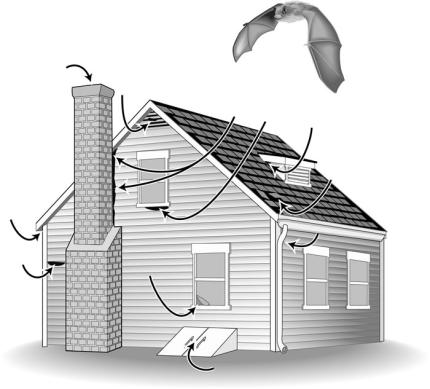
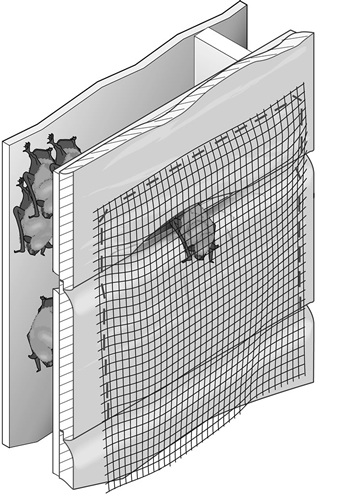
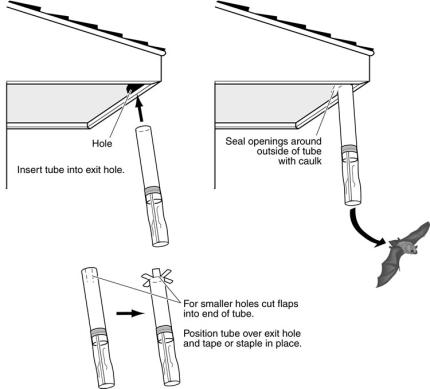

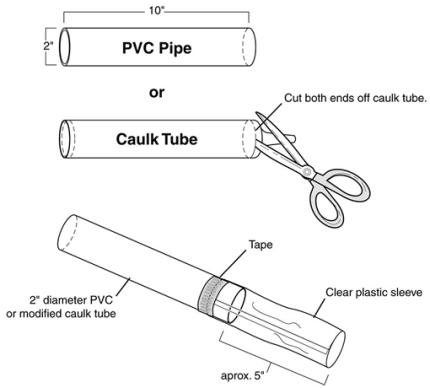
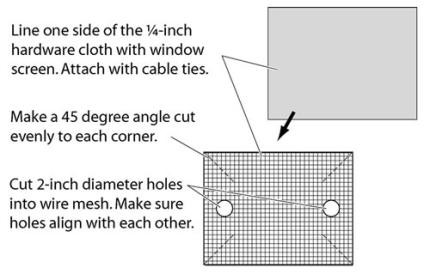
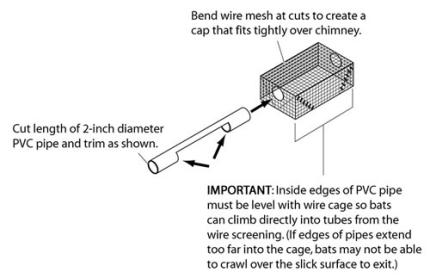
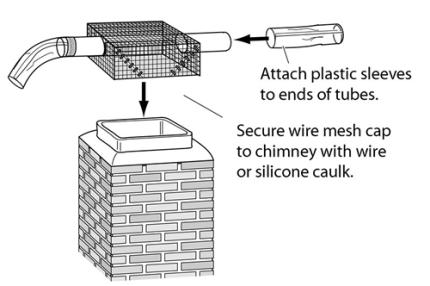
0 Response to "Do Bats Share Attic Space With Other Animals"
Post a Comment